
When most people think of running, they picture long roads, sweat-drenched shirts, and the rhythm of pounding feet—not barbells and dumbbells.

When most people think of running, they picture long roads, sweat-drenched shirts, and the rhythm of pounding feet—not barbells and dumbbells.
 The health benefits and the energy It's what keeps us jogging in the sideways rain, blistering cold and slippery snow and, once you're hooked, can be as addictive as any chocolate ice cream. But despite the array of health benefits, running is actually quite tough on your joints.
The health benefits and the energy It's what keeps us jogging in the sideways rain, blistering cold and slippery snow and, once you're hooked, can be as addictive as any chocolate ice cream. But despite the array of health benefits, running is actually quite tough on your joints.
Yoga is a new method to improve running. All about restoring the muscles and joints, the class uses yoga postures to target and stretch areas worn down from pounding the pavement. Needless to say, a serious stretch is well overdue.
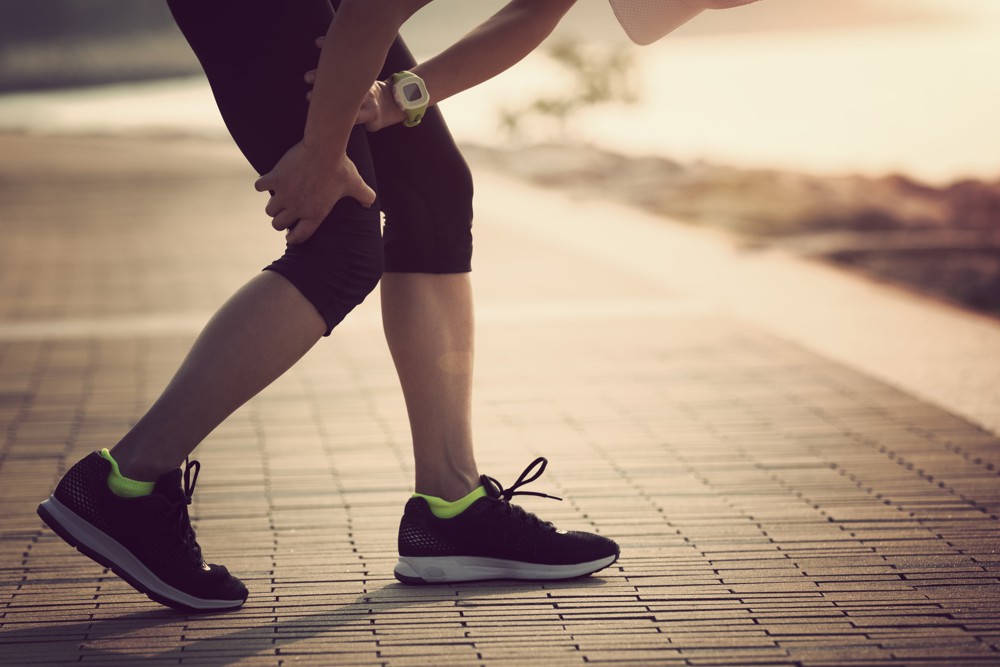
Many different types of injury can occur while someone is running. Although a certain amount of stiffness plus sore and tightened muscles is normal when training, it shouldn’t last for days and days on end.
As in the case of any kind of sports injury, correct diagnosis is fundamental to successful recovery. Check whether the problem is caused by inappropriate or poor quality running shoes - a very common issue specially here in NYC, poor or bad nutrition or insufficient preparation. Also keep in your mind that even when your injury has healed, it will take time and patience to get back to your normal.
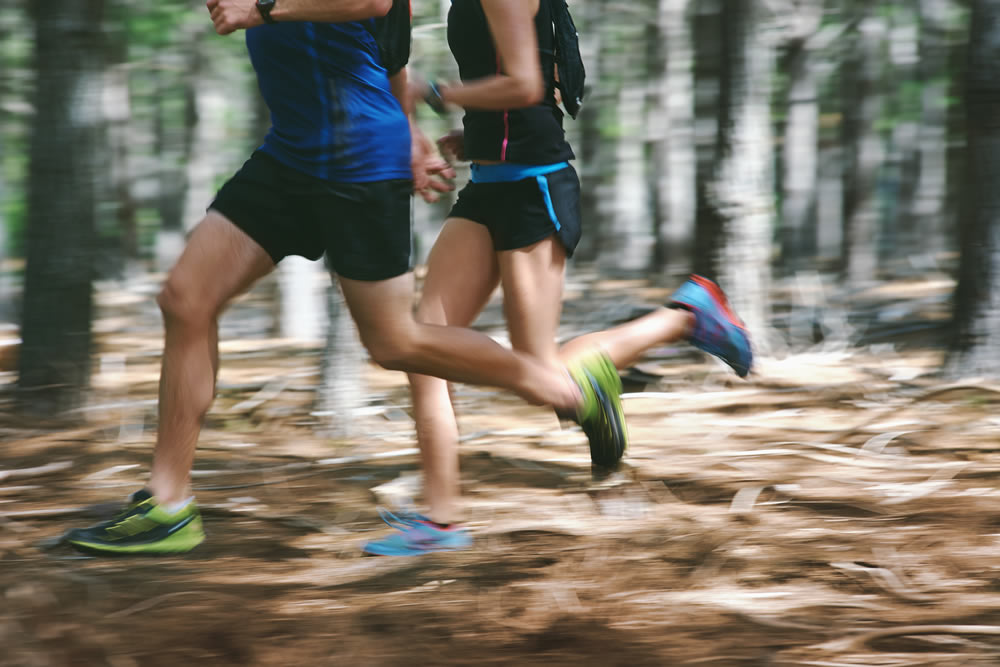
While trail running typically takes place outside, there are still ways to train for it in the gym.
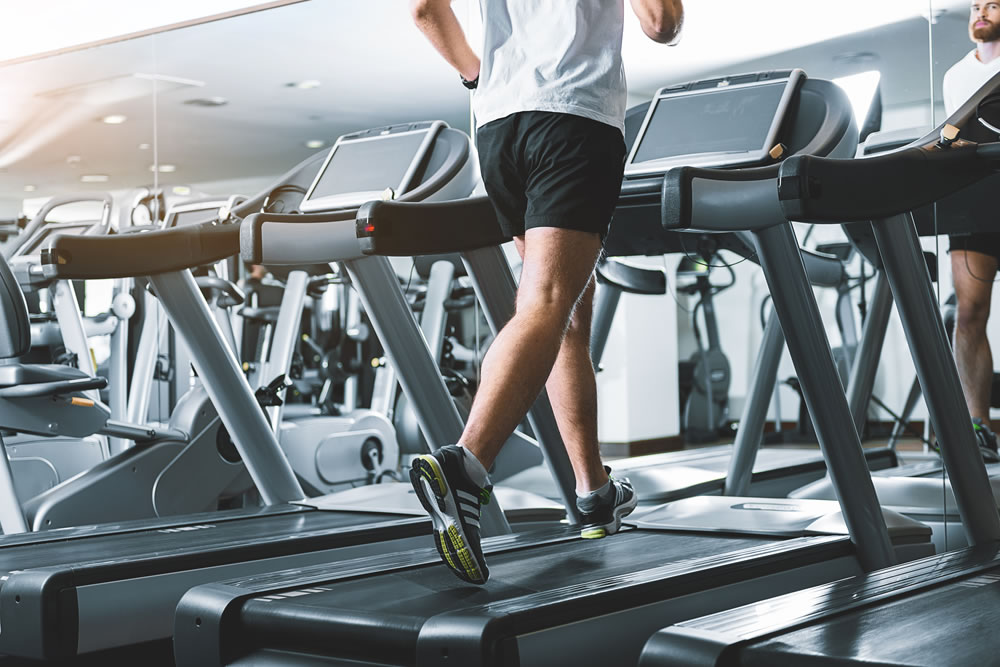
As the days get shorter, the evenings get darker, and the weather gets chillier, heading outside for a jog isn't quite so appealing, is it?!

It can range from a mild ache to debilitating pain that may derail your workout efforts. But don’t let this common running conundrum stop you in your tracks. The best treatment is prevention, so here are some simple ways to keep your shins strain free:

Let’s be honest, finding the motivation to run isn’t always easy. Even for the seasoned runners and athletes out there, there are plenty of days where the last thing you want to do is go for a run. Too busy, too tired, hot weather, cold weather, not feeling well, I’ll do it tomorrow – we’ve all been there with ways of talking ourselves out of a run. And while you’ll always regret not going for your run, you will almost never regret just getting out there and doing it. To help you on those days where you’re just not feeling it, here are some tips to motivate you to get out the door and get those miles in:
 Marathons the last two decades are very succesfull. More and more people are participating either for athletic purposes either for a cause.
Marathons the last two decades are very succesfull. More and more people are participating either for athletic purposes either for a cause.
Let’s start with the bad news though. For those who believe running makes you healthier there are some rather depressing recent statistics. Last year Ryan Shay, aged 28, running in the US Men’s Olympic Trials in Central Park was the first world class marathon runner to die of a heart attack while competing. One day later Mathew Hardy, 50, died of a heart attack just after finishing the New York City Marathon. A month earlier Chad Schieber, 35, died in the Chicago Marathon although he’d previously been diagnosed with a heart defect.
Then of course, back in 1984, there was the case of Jim Fixx, who is largely accredited with popularizing running with his 1977 book ‘The Complete Book of Running’, who died of a heart attack aged 54 while running near his home in Vermont.Enough to make you hang up your running shoes? Then what about Bhai Fauja Singh? Nicknamed the ‘turbaned tornado’, born in the Punjab in 1911 and now living in East London, he’s 100 years old, a life-long vegetarian who avoids alcohol, fried foods and smoking and weighs only 52 kg and is not only running in international marathons, but consistently winning them in his age group. And he didn’t even start serious competitive running until in his 80s! Kind of contradictory, no?
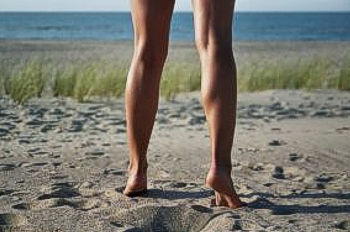 When taking up an exercise such as jogging, more serious running or just about any physical activity that pushes your body beyond its comfort zone, you’ll need an appropriate pre and post exercise warm up and wind-down routine if you want to avoid injuries. In addition to this you should always remember to avoid eating at least one hour before you exercise.
When taking up an exercise such as jogging, more serious running or just about any physical activity that pushes your body beyond its comfort zone, you’ll need an appropriate pre and post exercise warm up and wind-down routine if you want to avoid injuries. In addition to this you should always remember to avoid eating at least one hour before you exercise.
It’s all part of the process of getting fitter faster while listening to your body’s needs and respecting its capacity.
A common area for problems when running is the foot and ankle region which is where most of the impact occurs and blood pressure increasing during training. Keeping your calf muscles flexible can help you avoid tendonitis and plantar fasciitis by softening the shock as your foot hits the ground. One popular injury preventive training method which focuses on flexibility and strength is the Wharton Performance Model.
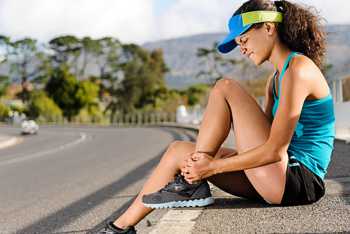 If your serious about developing your physical potential, whether by competitive running, pumping iron in the gym, or even just doing yoga at home you’ll know there’s a whole lot more than seven potential ways in which your body can not only protest but cause some serious grief.
If your serious about developing your physical potential, whether by competitive running, pumping iron in the gym, or even just doing yoga at home you’ll know there’s a whole lot more than seven potential ways in which your body can not only protest but cause some serious grief.
Whatever your genetic strengths or weaknesses, learning to listen and respond to your body’s initial warning signs makes all the difference between a short or long recovery time and is crucial if you want to keep doing what you do well. Here the focus is on some of the most common injuries affecting competitive runners, but the information applies to most physical workouts and regimes.
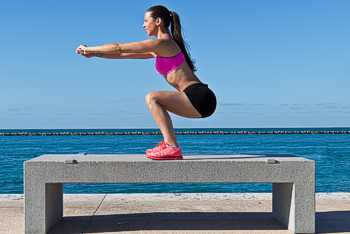 The squat is the most simple but most technical move at the same time. Adults seem to have trouble most of the time as their lifestyle or job has caused some kind of muscular imbalance forcing them to move in a different way. From the picture below you can see the lady squatting with her shoulders rounding and the torso has fallen forward.
The squat is the most simple but most technical move at the same time. Adults seem to have trouble most of the time as their lifestyle or job has caused some kind of muscular imbalance forcing them to move in a different way. From the picture below you can see the lady squatting with her shoulders rounding and the torso has fallen forward.
A good way I check to see if it’s a case of bad ankle mobility is to get her to stand on blocks elevating her heels. If the body still falls forward we generally assume that it’s higher up leg possibly her hip flexors and not her ankle mobility. If she didn’t lean forward, and it feels pretty comfortable we can assume that her ankle mobility is the issue which forces the rest of her kinetic chain to move in a different way.
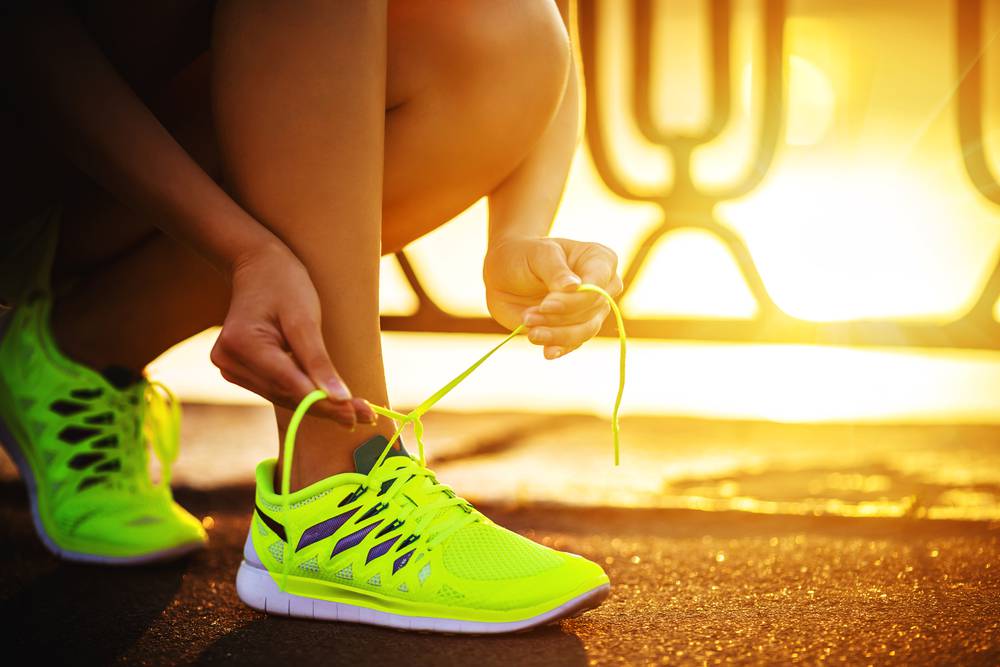
I’ve been slacking on the running front recently, but in a bid to get back into shape I’ve enlisted the help of personal trainer and ultra runner extraordinaire. Her sessions are NEVER easy but she’s been doing a lot of training recently. This means she’s got even more nasty little running tricks up her sleeve. Last week, in 90 degree heat may I add, she made me do this workout.
I nearly puked on three occasions and had to go straight to bed afterwards. It’s great for improving your overall fitness, run speed and working on pacing. The lamp post adds a touch of agility training and means you have to slow down and speed up again – making things that bit trickier. It’s also a bit of a mental challenge, you don’t think you can do it but you can (although if you really can’t maybe start by lowering the number of repeats and adding more next time).
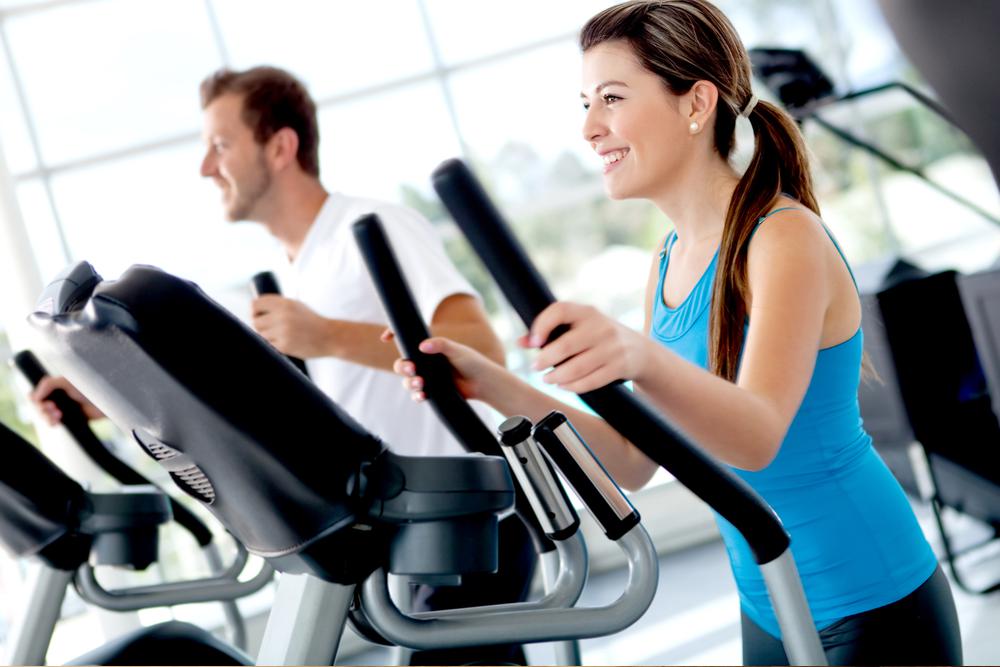
What steps do you currently have in place to ensure you become healthier, stronger and fitter each day? There are many health habits we can implement to ensure we develop both physically and mentally and find that happier more confident place. Here are four very simple, yet highly effective, healthy decisions you can start to make immediately:
Eating more thin skinned fruits will provide us with an abundance of antioxidants and anti–inflammatory effects, especially useful for athletes and committed exercise enthusiasts to help speed up and improve recovery.
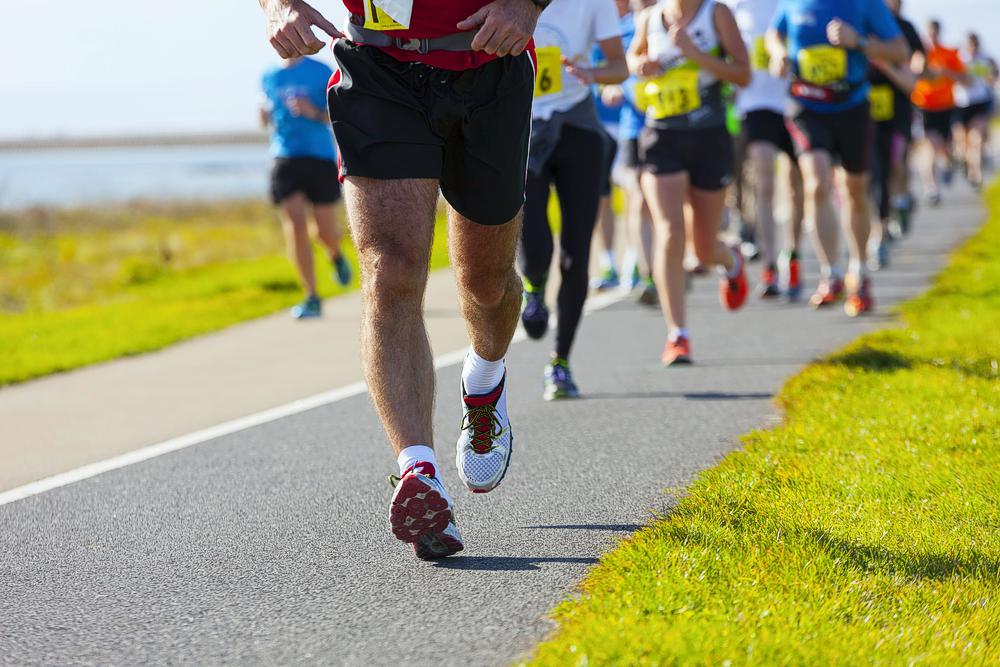
Running a 10K run it's not so easy as it sounds. Requires a lot of preparation, more than average health and and a plan, in order to succeed and avoid injuries. You may think, ‘I can run 5k, I don’t need a training plan, I just need to run a bit further’. Which, yes, is true to an extent but a proper training plan will get you running further and faster better than if you just tag a couple of extra miles onto your long runs now and again.
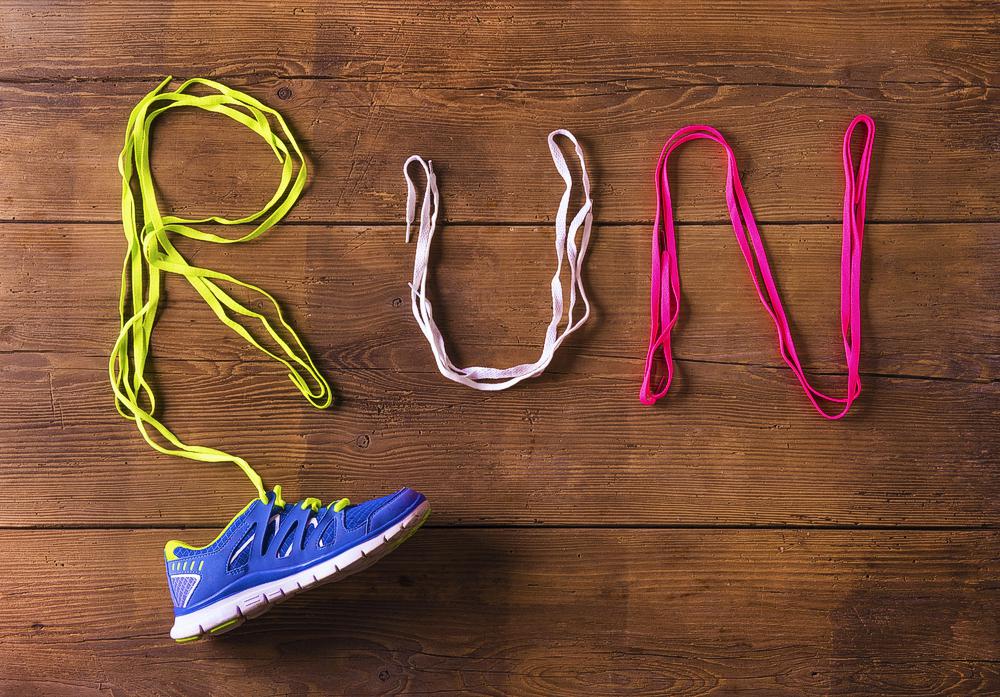
When I first got into running, I encountered everything from difficult rankles to scraping to unsupported chests — no big surprise I loathed it. I wish somebody had sat me down and let me know these essential tips and tricks to smooth my move from non-runner to runner. In case you're simply beginning all alone voyage beating the asphalt or treadmill belt, here are things you ought to think about running.
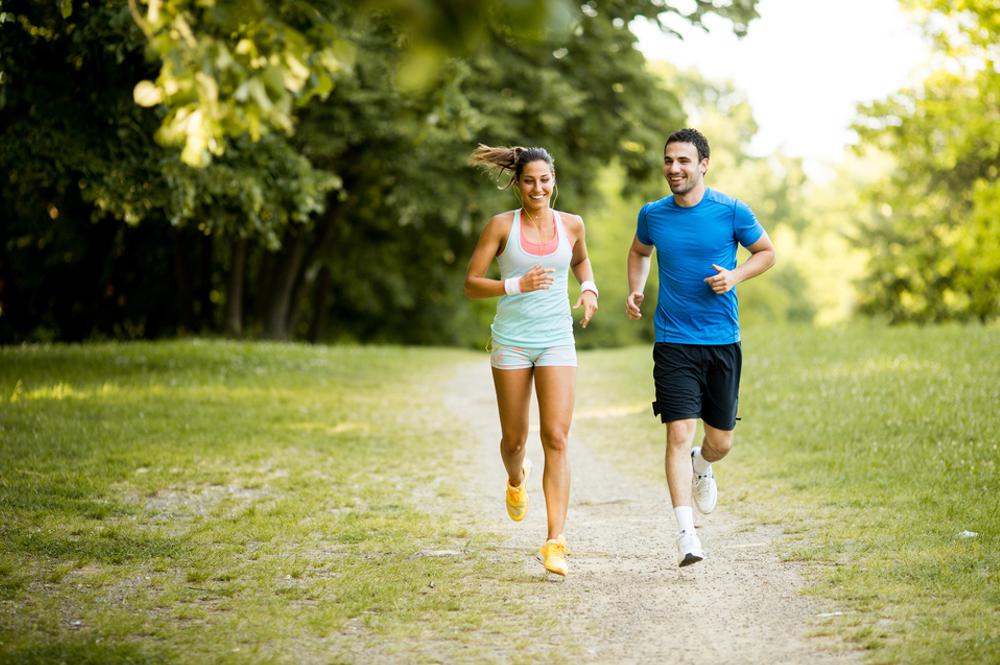
Sometimes we have to re-discover our love for running. In my case it’s been coming in waves over the past few months, but I can finally honestly say that I’m enjoying it again.
I had a forced few weeks off pretty much all exercise last month, and when I came back running and cycling were the only options. Now I’m REALLY not a fan of bikes (although I know spin is an excellent workout and I do try to fit it in semi-regularly), so running was pretty much the only option.
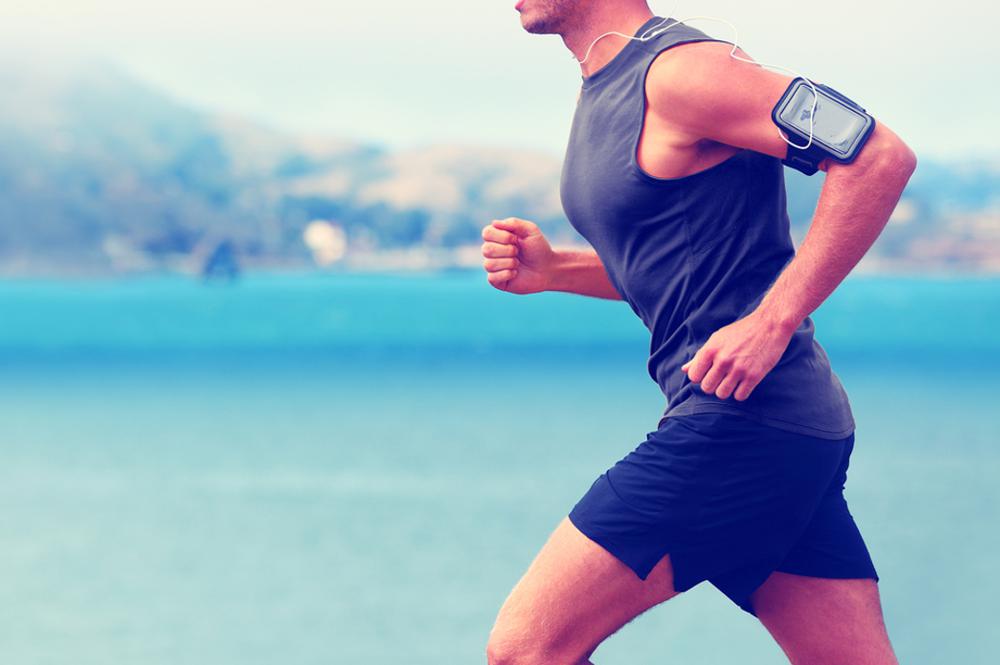
Summer season is nearly upon us, and whether you are planning on completing a half marathon or just build a better body through running, it’s always good to be prepared. Here are some helpful tips to get prepare.
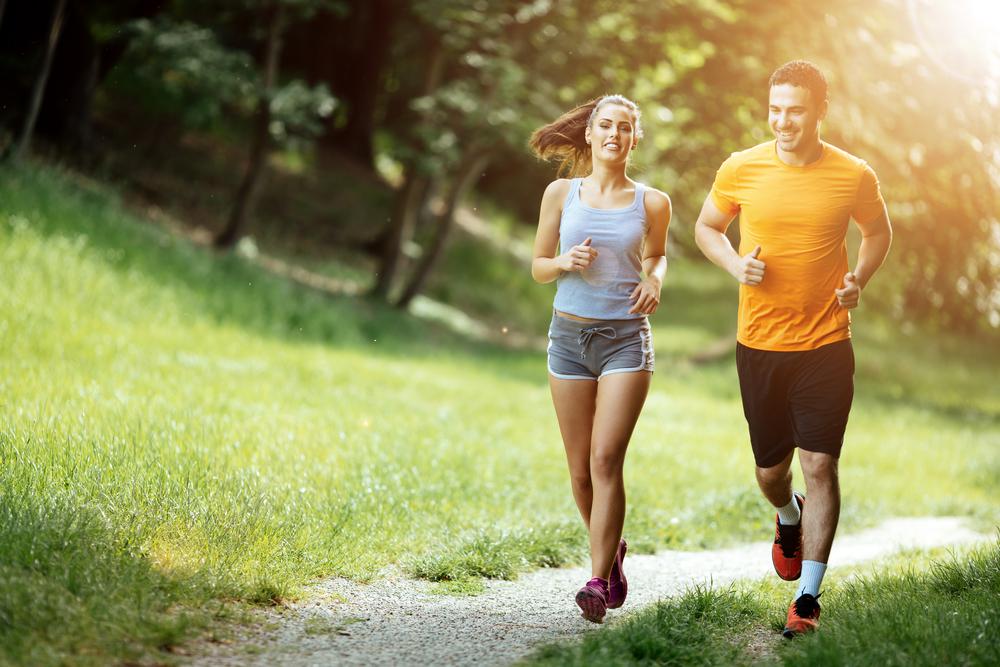
No doubt you will have heard about interval training. There’s also quite a strong possibility that you haven’t yet tried it out. Horrible nightmare images of you sprinting every 30 second, gasping for breath? Visions of yourself pedalling on level 20 of your bike, legs burning and feeling like they’re probably going to drop off? Most people I speak to about interval training are put off because they think it involves sprinting like a madman, and they just don’t think they’re capable of holding out at that level of intensity, even for 30 seconds.

Running is a great cardio workout and improves your overall fitness, but did you know it can also help you live longer?